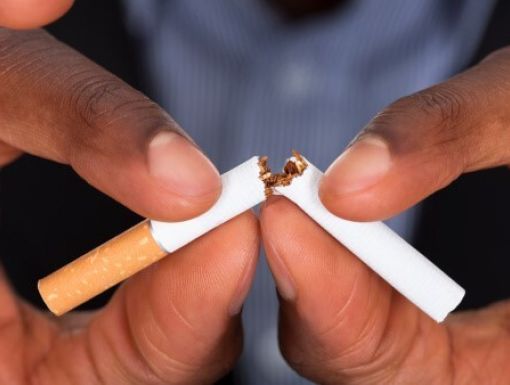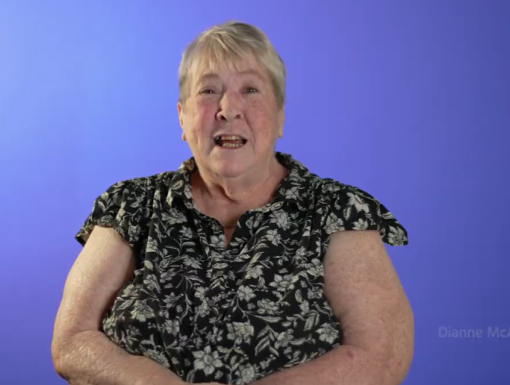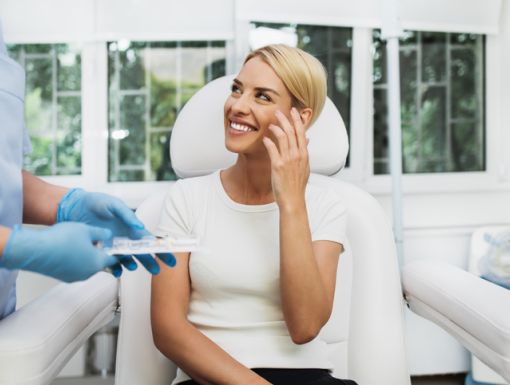
Top Reasons Why Smoking Causes Wrinkles and Affects the Skin
Cigarette smoking harms nearly every organ of the body, causes many diseases and reduces health in general. While your lungs and heart might be some of the first organs you think of for serious consequences of smoking, it also significantly affects your body's largest organ – your skin.
Why does smoking cause wrinkles?
The toxins that are present in tobacco can damage your skin. These toxins cause damage to your capillaries, decreasing blood flow to skin cells which limits the oxygen to them. This causes the skin to be dehydrated and age prematurely. Additionally, the toxins can break down collagen and elastin, the main fibers in the skin that help give it a supple, youthful appearance. All these factors can lead to wrinkles. Smoking also increases melanin in the skin, which could lead to dark spots, especially on the face.
Does vaping cause wrinkles like cigarette smoking?
As people, especially young adults, increase the use of tobacco vaping (e-cigarette) products, it is important to know the effects vaping can have on the skin, too. Like smoking tobacco cigarettes, the chemicals in vapes or e-cigarettes can decrease collagen and elastin production, resulting in premature aging such as wrinkles, fine lines and sagging skin. Vaping can also cause dehydration and inflammation, leading to skin irritation, redness and sensitivity.
If I quit smoking, can premature wrinkles be reversed?
Quitting smoking can significantly help your skin. While quitting won't completely reverse the premature wrinkles created, when you quit smoking, your circulation improves, increasing blood flow and oxygen to your face. Once you start getting more blood flow and oxygen, you may notice improved complexion. You will also help prevent further premature aging by quitting smoking. A small study found that collagen levels in previous smokers significantly improved within 4–8 weeks after quitting. After 12 weeks, collagen production had almost reached pre-smoking levels.
To help improve the overall health of your skin, consider:
- Getting enough sleep. There's some truth to the idea of "beauty sleep." Skin cells regenerate more quickly at night, and there is also more blood flow to the skin during sleep, helping to deliver the nutrients the skin needs to recover. A study from the journal Sleep showed people who got five or fewer hours of sleep had more dark circles, wrinkles and swollen eyes. For adults 18-65, the Centers for Disease Control recommends at least seven hours of sleep.
- Drinking plenty of water. Staying hydrated will have positive effects on your skin. Hydration helps improve skin elasticity, which can reduce the appearance of wrinkles and fine lines.
- Using sunscreen. Apply SPF 30 or higher, and remember your ears,nose, neck and chest when you apply sunscreen. Sunscreen is important for everyone to wear, regardless of age or skin color. Not only are you limiting your risks of developing skin cancers, but you can also slow down your skin's aging process. Remember to reapply if you get wet, sweaty or if you're spending more than two hours in the sun.
- Using a retinoid. Retinoids trigger collagen and elastin production, which help support the skin's structure, thereby decreasing the appearance of fine lines, improving discoloration and brightening your skin. Retinoids come in many forms. There are over-the-counter options, such as ones from ROC or CeraVe. If you are looking for more potent forms of retinoids, your Skin Care physician can prescribe the most fitting for your skin type.
- Talking to your dermatologist or facial plastic surgeon about in-office procedures. If you want to improve some of the premature wrinkles from smoking, treatments such as chemical peels, Botulinum toxin injections, microneedling, dermal fillers or cosmetic surgery may help reverse some of the signs.
Other health benefits of quitting smoking include:
- Three months after quitting, your circulation and lung function will improve.
- Nine months after quitting, you will cough less and breathe easier.
- Your risk of coronary heart disease is cut in half one year after quitting.
- Five years after quitting, your risk of mouth, throat, esophagus and bladder cancer is cut in half.
- Ten years after quitting, you are half as likely to die from lung cancer, and your risk of larynx or pancreas cancer decreases.
- Fifteen years after quitting, your risk of coronary heart disease is the same as a nonsmoker's risk.
Are there programs to help me quit smoking or vaping?
We know quitting smoking or vaping is hard. It can take a person eight to 11 attempts to quit before they are successful. You don't have to do it alone. Ochsner's comprehensive smoking cessation program provides a risk-free way to help you quit smoking, vaping or using tobacco products. Ochsner's Smoking Cessation program combines counseling with medications to create a personalized treatment plan.
Interested in quitting smoking? Learn more about Ochsner's smoking cessation program at Ochsner.org/quit.



